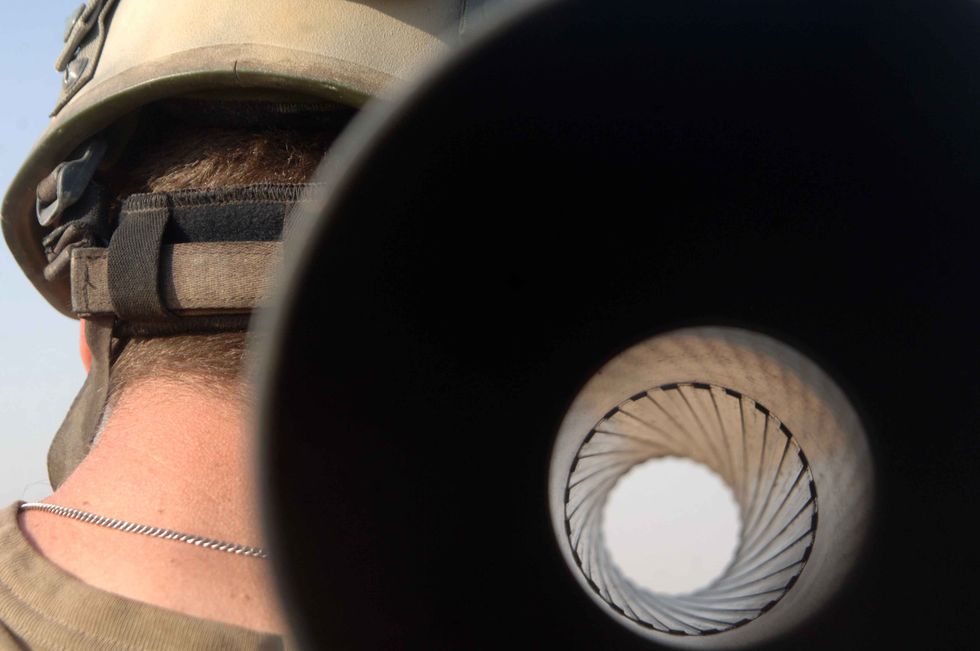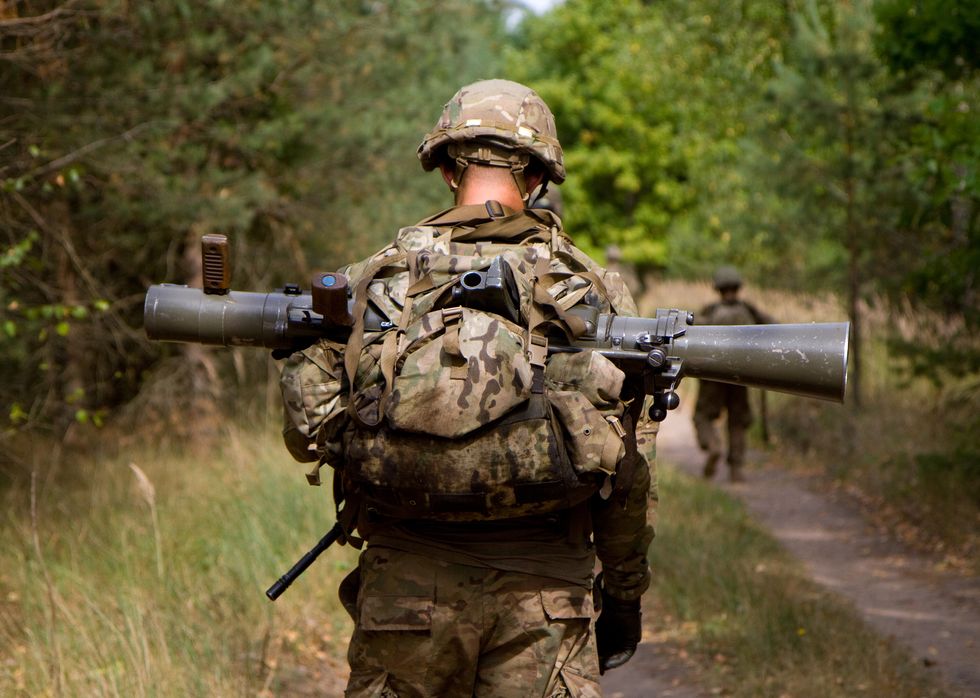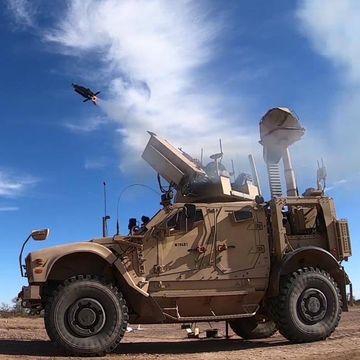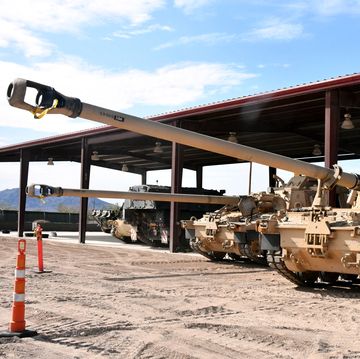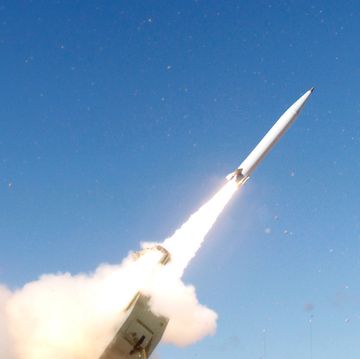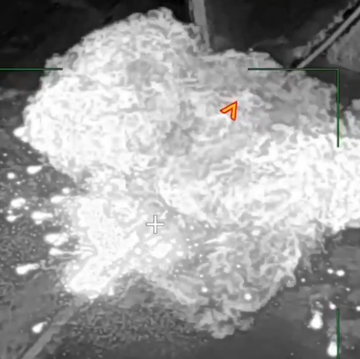The United States Army will soon begin distributing a weapon system introduced in 1946. The M3 Carl Gustav rocket launcher will bolster the firepower of rifle platoons, giving them a much-needed edge.
Developed by Bofors (now Saab), the Carl Gustav is a lightweight, man-portable recoilless rifle. Recoilless rifles are like a cross between an artillery gun and a bazooka: While they have propellant at the base of the projectile like a rocket, the propellant doesn't burn beyond the barrel, meaning the projectile flies unpowered like a bullet or artillery shell. Unlike artillery, propellant gasses are directed backwards, counteracting the weapon's recoil and making it "recoilless". The weapon is referred to as a "rifle" due to the spiral rifling in the barrel, which stabilizes the projectile.
The U.S. Army fielded a number of recoilless rifles after World War II, in calibers from 57-millimeter to 106-millimeter. The Army saw these rifles as anti-tank weapons meant to counter the T-55 and T-62 tanks of the Soviet Army. The Army retired these weapons when Dragon and TOW anti-tank guided missiles came on the scene.
The end of the Cold War and the rise of new threats such as Iraqi guerrillas and the Taliban posed a problem for the U.S. The shaped charge warheads of anti-tank missiles are less effective against buildings, bunkers, and enemy troops in the open. Anti-tank missiles are also very expensive, meaning you could spend up to $50,000 to blow a $500 mud hut to smithereens. Finally, anti-tank missile launchers with their complex guidance systems are heavy and difficult to lug though rough terrain.
The M3 Carl Gustav solves all three problems. The weapon is basically a tube with grips and an aiming sight. It can fire High Explosive Anti-Tank (HEAT) rounds to take out tanks and armored vehicles, and High Explosive (HE) rounds meant to attack structures and enemy personnel. The shells have a diameter of 84 millimeters—or 3.3 inches—meaning they can pack a real punch. The individual rounds are relatively inexpensive, and the launcher weighs just 14 pounds.
U.S. Special Operations units, who need portable, lightweight firepower, have been toting the M3 Carl Gustav since 1989. Some regular infantry units in Afghanistan have carried the Carl Gustav since at least 2011, but they had to request and show a need for the weapon to get it. Now, Infantry Brigade Combat Teams in the U.S. Army and National Guard will receive these weapons at a rate of 27 per brigade, or one per platoon of 40 soldiers.
Despite the Carl Gustav's age, it's actually more versatile than many high tech weapons, making it useful in tomorrow's conflicts. In the new "hybrid warfare" pioneered by Russian forces in the Crimea, armies could face "little green men" (paramilitary troops) one moment and armored vehicles the next. The M3 will be able to counter both. Not bad for a 70-year-old weapon.
H/T: Janes

Kyle Mizokami is a writer on defense and security issues and has been at Popular Mechanics since 2015. If it involves explosions or projectiles, he's generally in favor of it. Kyle’s articles have appeared at The Daily Beast, U.S. Naval Institute News, The Diplomat, Foreign Policy, Combat Aircraft Monthly, VICE News, and others. He lives in San Francisco.

